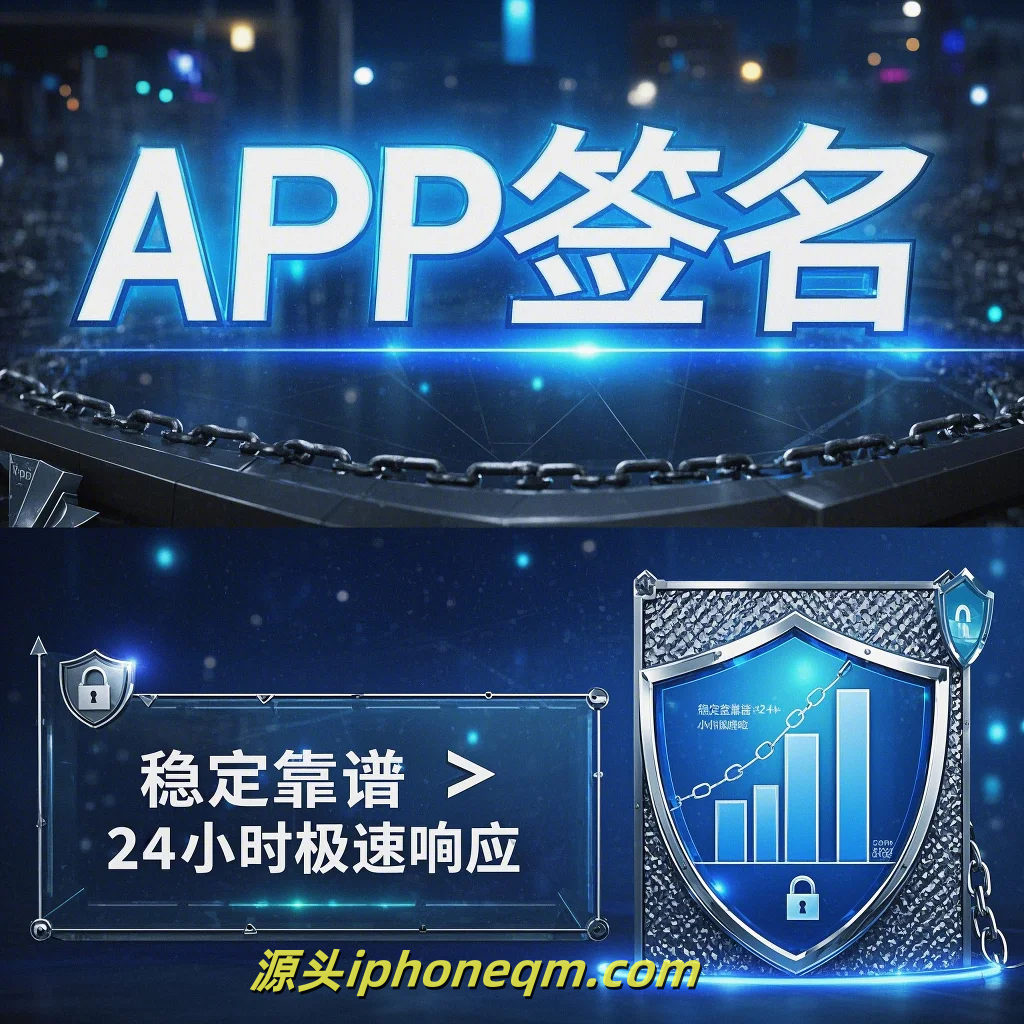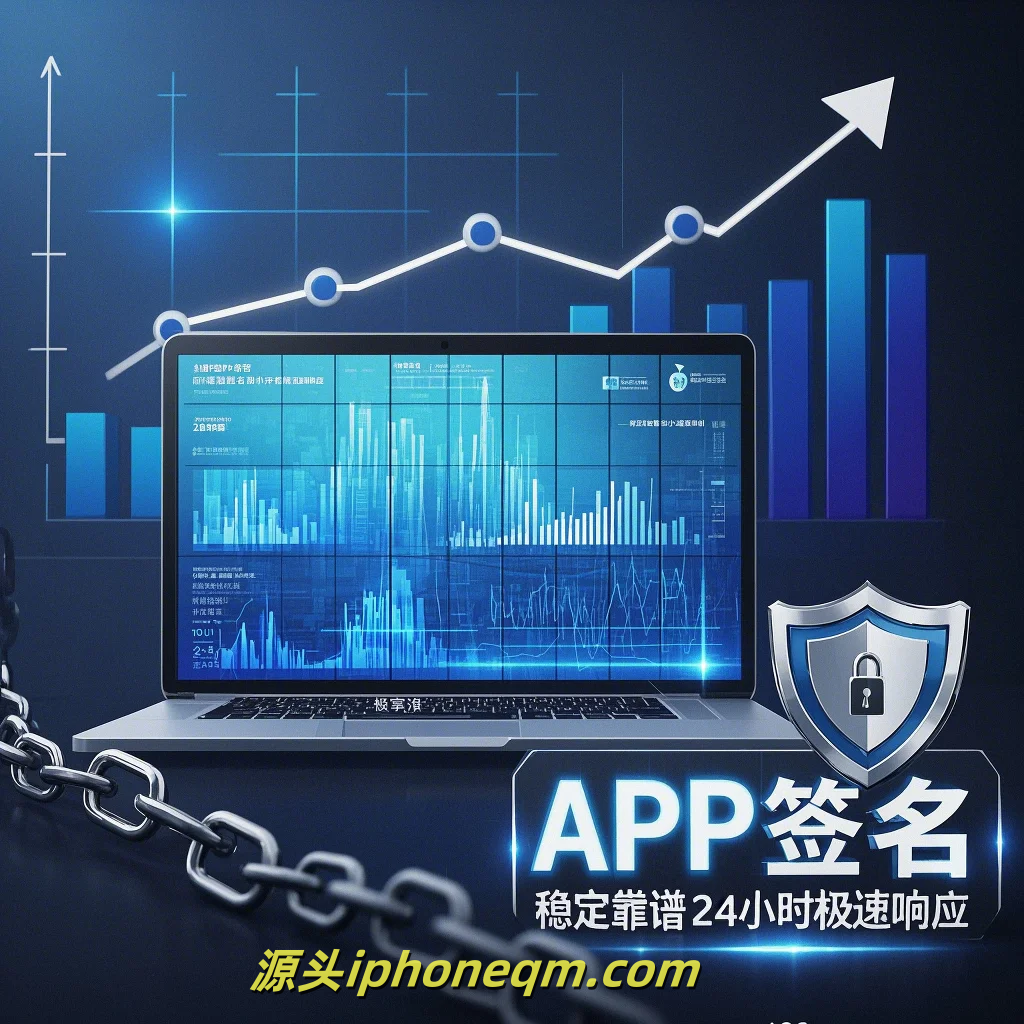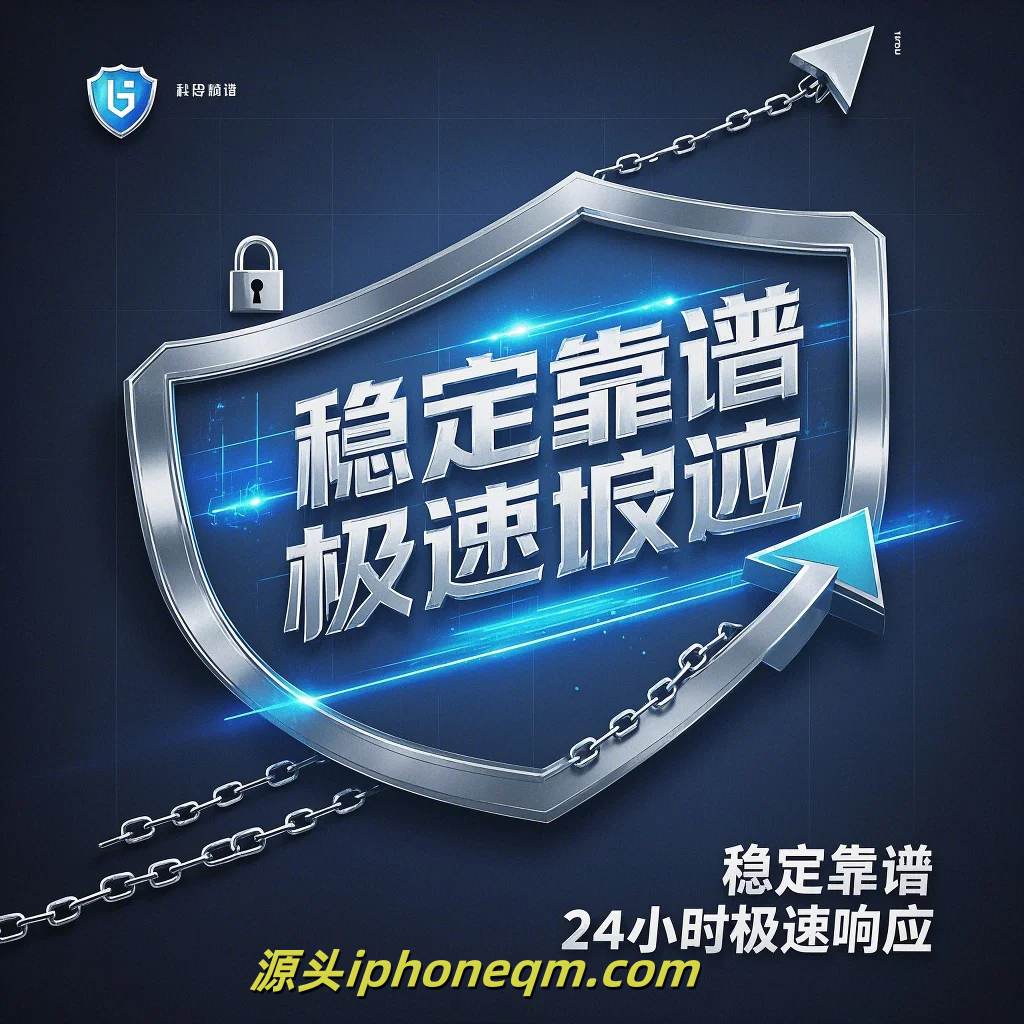Essential Steps for iOS Super Signing
In the rapidly evolving world of iOS app development, the process of super signing has become increasingly relevant, especially for developers looking to deploy their applications on devices without going through the App Store. Super signing refers to the technique of signing an app package (IPA file) with the developer's credentials and certificates so that it can be installed on devices without being tied to the original developer's provisioning profile.
The first step in the super signing process is to gather your resources. You'll need the IPA file that you want to sign, an Apple Developer account, and the necessary provisioning profiles and certificates. Make sure you have the latest version of Xcode installed, as it will provide the tools necessary for signing.

Once you have all the necessary components, the next step is to prepare your environment. You'll need to set up the correct certificates and provisioning profiles on your machine. This involves downloading your distribution certificate from the Apple Developer portal and importing it into your Keychain. After that, ensure you have the appropriate provisioning profile that corresponds to the app you intend to super sign. This profile should include the UDIDs of the devices on which you plan to install the app.
The third step is to create a new folder on your desktop and place the IPA file in this folder for easy access. You'll also want to unzip this IPA because it is essentially a compressed file containing all the app's resources. To unzip, simply rename the .ipa extension to .zip and extract its contents. Inside, you'll find an Info.plist file alongside the app binary and other resources.
Once you have the IPA unzipped, locate the embedded.mobileprovision file that resides in the Payload folder. Open this file to ensure it contains the device UDIDs you plan to target. If the UDIDs do not match, you may need to regenerate your provisioning profile on the Apple Developer portal.
The next crucial step is replacing the embedded.mobileprovision file with your new provisioning profile. This involves copying your newly downloaded provisioning profile into the Payload folder, replacing the existing one. It's here that you want to ensure that the new provisioning profile corresponds accurately to the previous provisioning profile in terms of app identifiers and devices.
The following step is signing the application. You can use the command line tool "codesign" available in Xcode for this purpose. Open your terminal, navigate to the directory where your Payload folder is located, and execute the codesign command along with the appropriate parameters to sign your app bundle. Ensure you specify the correct signing identity and that the signing process shows no errors.
After successfully signing the app, you need to repackage the IPA. This involves zipping the Payload folder back up together. Make sure the structure of the new ZIP is preserved, and rename it back to the .ipa extension. The last step is to distribute your newly signed IPA. You can upload it to services like Diawi or App Installer, giving your users the ability to install the app on their devices seamlessly.
In conclusion, while the super signing process may seem intricate, following these essential steps can simplify the workflow. Always ensure that your certificates and provisioning profiles are up to date and that you maintain proper records of your UDIDs to facilitate easy app distribution. This technique is especially beneficial for developers looking to distribute apps informally or conduct internal testing without dealing with the App Store's constraints. With these steps, you're well on your way to mastering iOS super signing.
扫描二维码推送至手机访问。
版权声明:本文由MDM苹果签名,IPA签名,苹果企业签名,苹果超级签,ios企业签名,iphoneqm.com发布,如需转载请注明出处。












